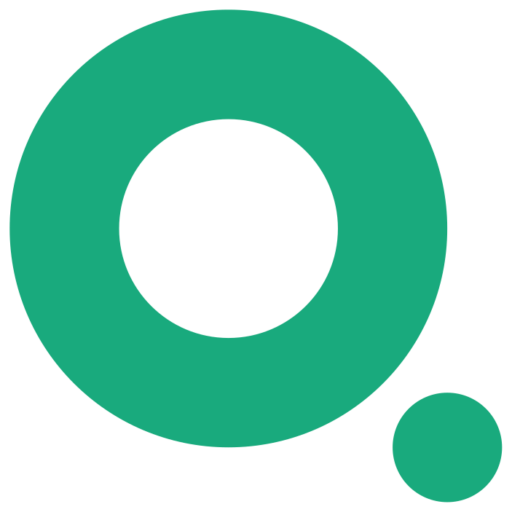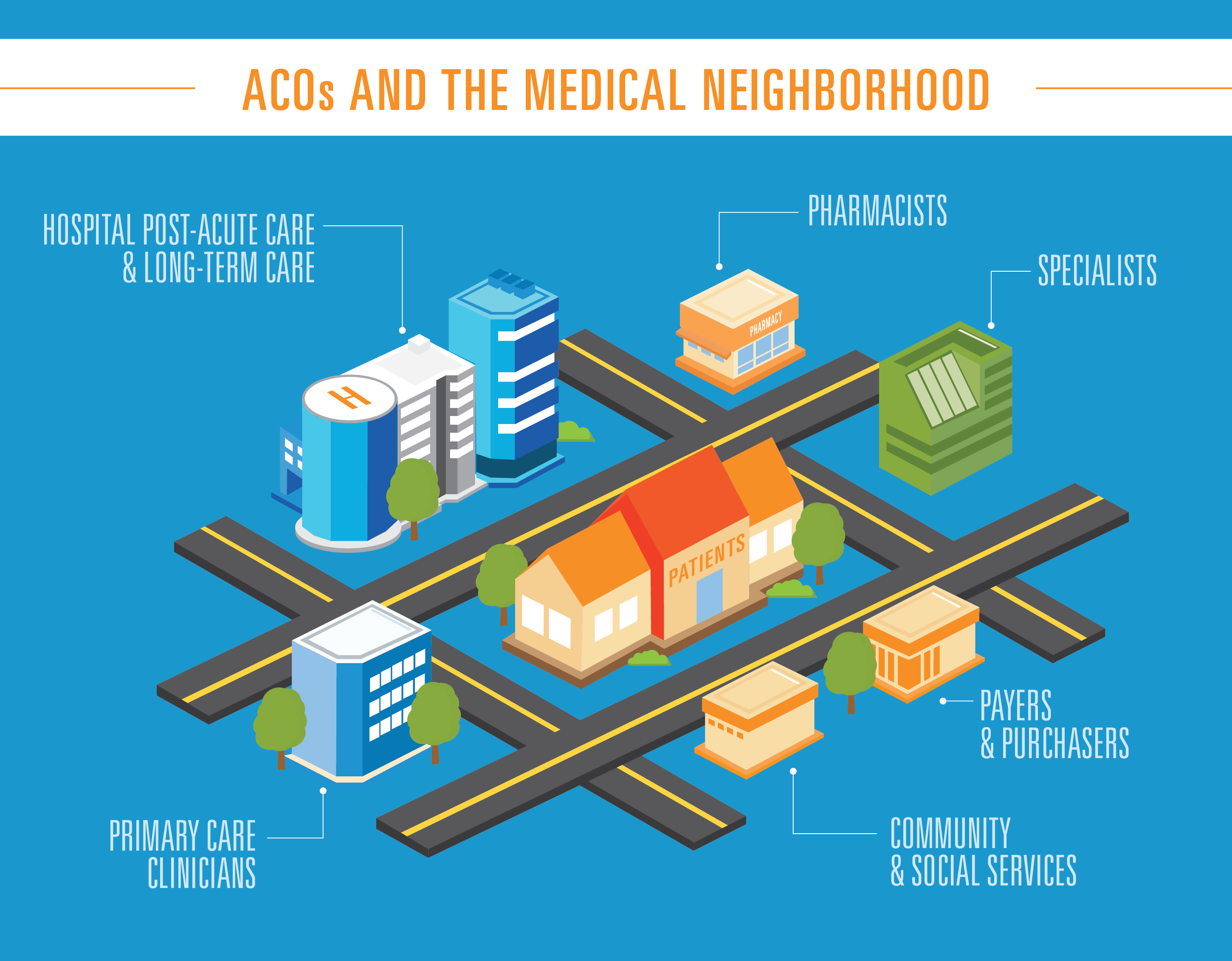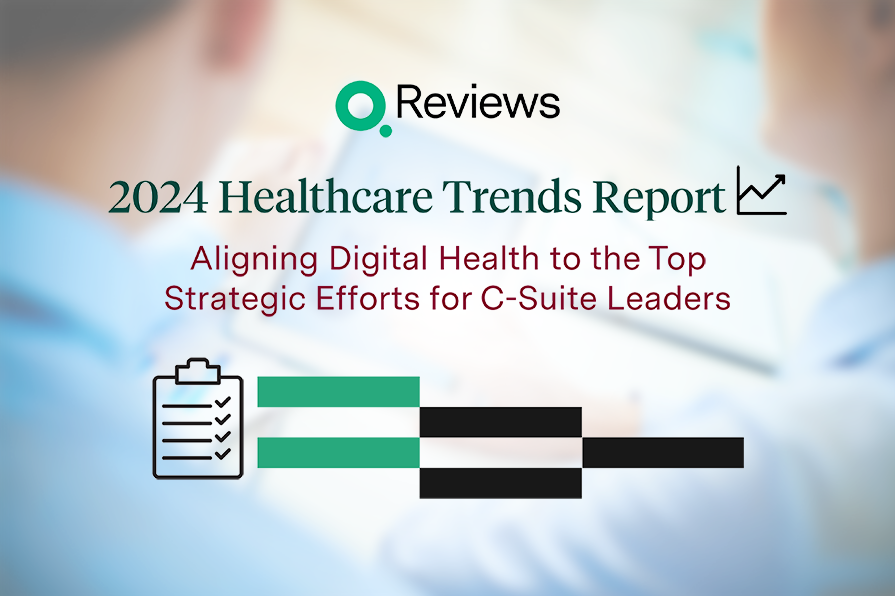
EHR Optimization: The Benefits of Having Digital Solutions on Top of Your EHR

While electronic health records (EHRs) date as far back as the 1960s, they have only been mandatory for slightly over a decade. Even in that brief time, though, the American healthcare system has become widely reliant on them. While providers will be the first to say that EHRs aren’t perfect, they have also become an essential part of the healthcare workflow. But rarely do practitioners think of EHR optimization.
As critical as EHRs are to the American healthcare system, they’re far from a silver bullet. While they do generally help hospitals run more efficiently, they weren’t designed to be patient-centric. And with more healthcare options than ever, a patient-centered experience is critical to your organization’s survival. Fortunately, using digital solutions with EHR integration capabilities can help you do just that.
What EHRs Can & Can’t Do
From an internal operations perspective, EHRs play an important role in the healthcare workflow. They help deal with in-the-moment tasks like storing medical information, recording medical services and procedures, and billing.
But EHRs don’t do a great job of helping healthcare organizations acquire new patients or retain current ones. EHRs have a limited ability to send reminders and pre-appointment or pre-procedure instructions. And often, patients can only access this information through patient portals, which have notoriously low engagement rates. EHRs also don’t gather patient feedback, facilitate discharge planning, or assist with at-home care coordination.
Given how much health systems invest in their EHRs, they often want to believe that the platforms can solve all of their problems on their own. But the fact is, EHRs are largely reactive — making it difficult for them to address any challenges that require proactive action.
To compare it to the business world, your EHR is basically an enterprise resource planning (ERP) tool like Oracle or SAP. Its main purpose is to serve as a clearinghouse for your clinical data so that you can execute critical operations on a daily basis. But just as companies don’t rely solely on their ERPs, you can’t rely solely on your EHR. That’s where EHR optimization comes in.
Digital Solutions & EHR Integration
ERPs like Oracle or SAP often serve as the ultimate source of truth for businesses, storing information across different functions like finance, human resources, sales, marketing, etc. But still, they have dedicated solutions for each of those functions, such as Workday for HR, Salesforce for sales, and HubSpot for marketing.
An EHR that serves as a jack-of-all-trades, though, is a master of none. If your EHR hasn’t been specifically designed for a particular function — such as patient engagement — you cannot expect it to excel in that area. Dedicated point solutions, however, have been optimized to solve specific challenges.
Rather than replacing the ERP, these solutions sit on top of it and add value that the ERP alone cannot. In this same way, digital solutions with EHR integration capabilities can result in EHR optimization. EHRs optimized with digital solutions can better handle patient engagement, patient experience, care coordination, and more.
Some of the benefits of leveraging digital solutions on top of your EHR include:
- Improved user interface: As data warehouses, EHRs tend to have barebones designs focused more on function than user experience. Specialized digital solutions, however, are usually optimized for patient and provider usability.
- Greater personalization & engagement: Dedicated point solutions allow for greater flexibility, which allows healthcare organizations to accommodate patients’ communication preferences — such as communicating via SMS text instead of a patient portal.
- More unified care journey: Digital solutions fill in the gaps that EHRs miss, which allows healthcare organizations to engage patients every step of the way.
- Smoother healthcare workflow: Digital solutions with EHR integration capabilities gather all of your different data into one central location.
- Patient empowerment: Today’s patients want to play a greater role in the management of their own health. Digital solutions provide patients with the information they need to make that possible.
What EHR Optimization in a Healthcare Workflow Looks Like
So what exactly does this look like in practice? Below, we’ve provided a few ideas for integrating digital solutions into the care journey.
Discovery
Healthcare organizations can use Q Reach to:
- Reach out to and re-engage dormant patients via SMS text message
- Highlight provider reviews on their website to build trust with potential patients
- Digitize FAQs to educate patients without increasing call center volume
Example Use Case: Alerting Patients to Clinic Openings
West Maple Health System has recently opened a new pain management center. While they have already sent out messages to relevant patients through their portal, the open rate has been low, so they decide to leverage Q Reach in their healthcare workflow to send patients information via SMS text message.
David is a 54-year-old patient who had surgery for chronic back pain at Maple Health System two years ago, but hasn’t been back since his post-surgery follow-up visit. He opens the text message alerting him of the new clinic opening and asking if he wants to learn more. After responding “yes,” he’s directed to the clinic’s microsite. David is impressed by the good provider reviews, and sees in the FAQ section that the new clinic accepts his insurance — so he decides to book an appointment.
Pre-Visit
Q Notify can help you with EHR optimization by allowing you to:
- Send personalized, automated patient appointment reminders
- Share pre-appointment information & resources
- Screen for social determinants of health (SDoH) that may impact care
- Enable pre-appointment digital intake
- Create a digital queue that provides patients with real-time updates on their wait time
Example Use Case: Overcoming SDoH Hurdles
Maryam is a 60-year-old woman recently diagnosed with glaucoma who must see her ophthalmologist every three months. The ophthalmology clinic sends automated patient reminders through their EHR, but it only offers static, one-way communication — so they decide to switch to Q Notify.
After Maryam misses her second appointment in a row, the care coordination team sends her a survey via SMS text message to screen for SDoH vulnerability. After learning that Maryam has problems arranging transportation, they add her son to her appointment reminder flow. Now, he can plan ahead to take her to her next appointment.
Site of Care
With its EHR integration capability, Q Visit can help you:
- Collect patient feedback and requests through SMS text messages
- Prioritize issues & automatically route tasks to the appropriate teams
- Address concerns before they threaten patient health outcomes, safety, or satisfaction
Example Use Case: Prioritizing Patients Even in the Busiest of Times
St. Darius Hospital is in the peak of their flu season. With so many patients to attend to, their clinical staff is feeling overworked and exhausted. Patient satisfaction, meanwhile, has begun to slip. To deliver excellent care without burning out their staff, they know they must work smarter, not harder — so they decide to use Q Visit.
Patients can leave feedback and make requests through satisfaction surveys that are texted to them as a link. Now, requests around room temperature or messes are sent directly to the facilities and maintenance team, rather than going to the clinical staff first. With a lighter load, practitioners can focus on addressing patients’ urgent medical issues like pain or new symptoms.
Follow-Up
Using Q Connect as part of your healthcare workflow can help you:
- Collect real-time updates from patients after they’ve left the site of care
- Share post-discharge instructions
- Intervene when necessary to avoid adverse events
- Send reminders to schedule follow-up appointments or pick up prescriptions
Example Use Case: Fostering Post-Knee Replacement Recovery
Reggie is a 58-year-old man who was just discharged from the hospital after having a knee replacement. While his procedure went well, his doctor knows the post-discharge phase is an important part of long-term success. Fortunately, the care coordination team at the hospital uses Q Connect to ensure a successful care transition.
They text Reggie links to his doctor’s written instructions, an infographic on wound care, and videos showing him how to perform home exercises. He also receives easy-to-follow checklists for the first 72 hours, 3 weeks, and 6 weeks. After several weeks, the incision is healing well, his pain has decreased, and his mobility has improved, all thanks to his strict adherence to the checklists. He receives reminders to schedule a follow-up appointment to ensure that he stays on track.
Care at Home
Healthcare organizations can embrace EHR optimization with Q @ Home to:
- Coordinate long-term at-home care
- Receive updates from & communicate with chronic care patients
- Share information & resources
- Remotely monitor patients’ well-being to improve health outcomes
Example Use Case: Keeping Diabetes in Check
Sue is a 52-year-old woman who has been diagnosed with type 2 diabetes. While her current condition is moderate, her endocrinologist wants to ensure that it doesn’t become any more severe.
The endocrinology clinic regularly checks in with Sue through Q @ Home. Every week, they text her a link to an electronic log where she records her blood pressure, weight, blood sugar levels, and more. If these stats exceed a certain threshold, her doctor is automatically notified. Sue can also proactively text questions to her doctor, and even send photos of her swollen feet to see if she should come into the office.
Maximize Your EHR’s Potential
At the end of the day, your EHR is only as good as the tools that sit on top of it — so if it’s the only digital solution you’re leveraging, you’re missing out on a major patient engagement opportunity for EHR optimization.
It’s true that you may not be able to implement a different solution for every challenge that your healthcare organization faces. If you identify a few key focus areas, though, you can work backward to find the right tools for you. With your EHR as your data powerhouse and a select number of digital solutions on top, you can optimize the care journey for patients, practitioners, and administrators alike.








